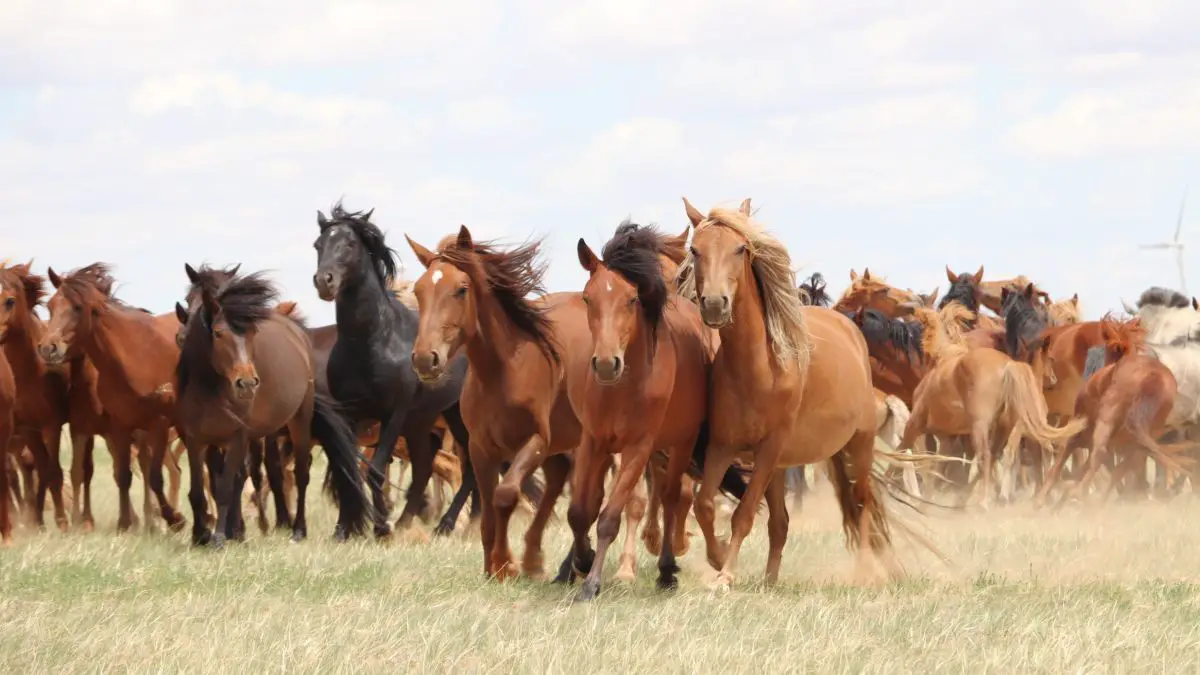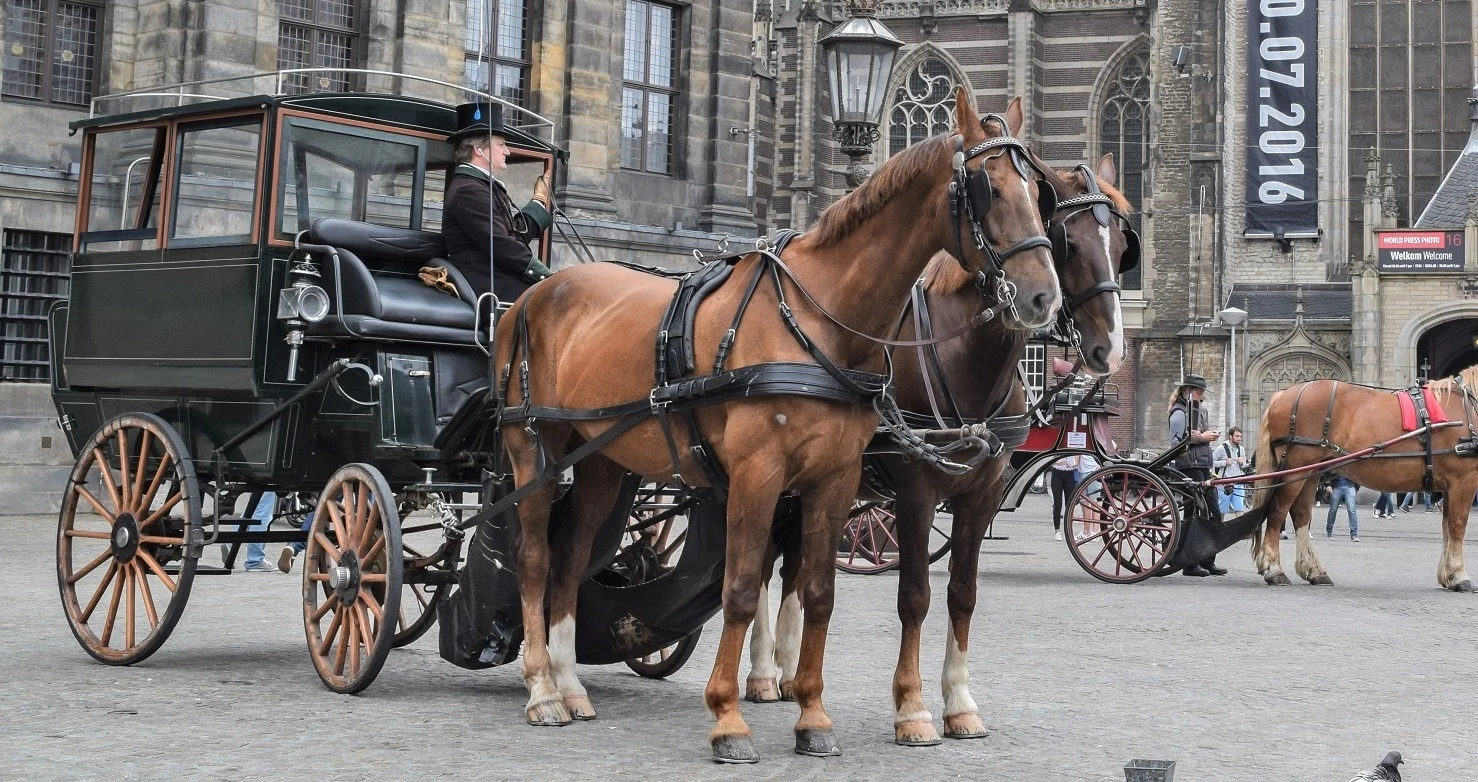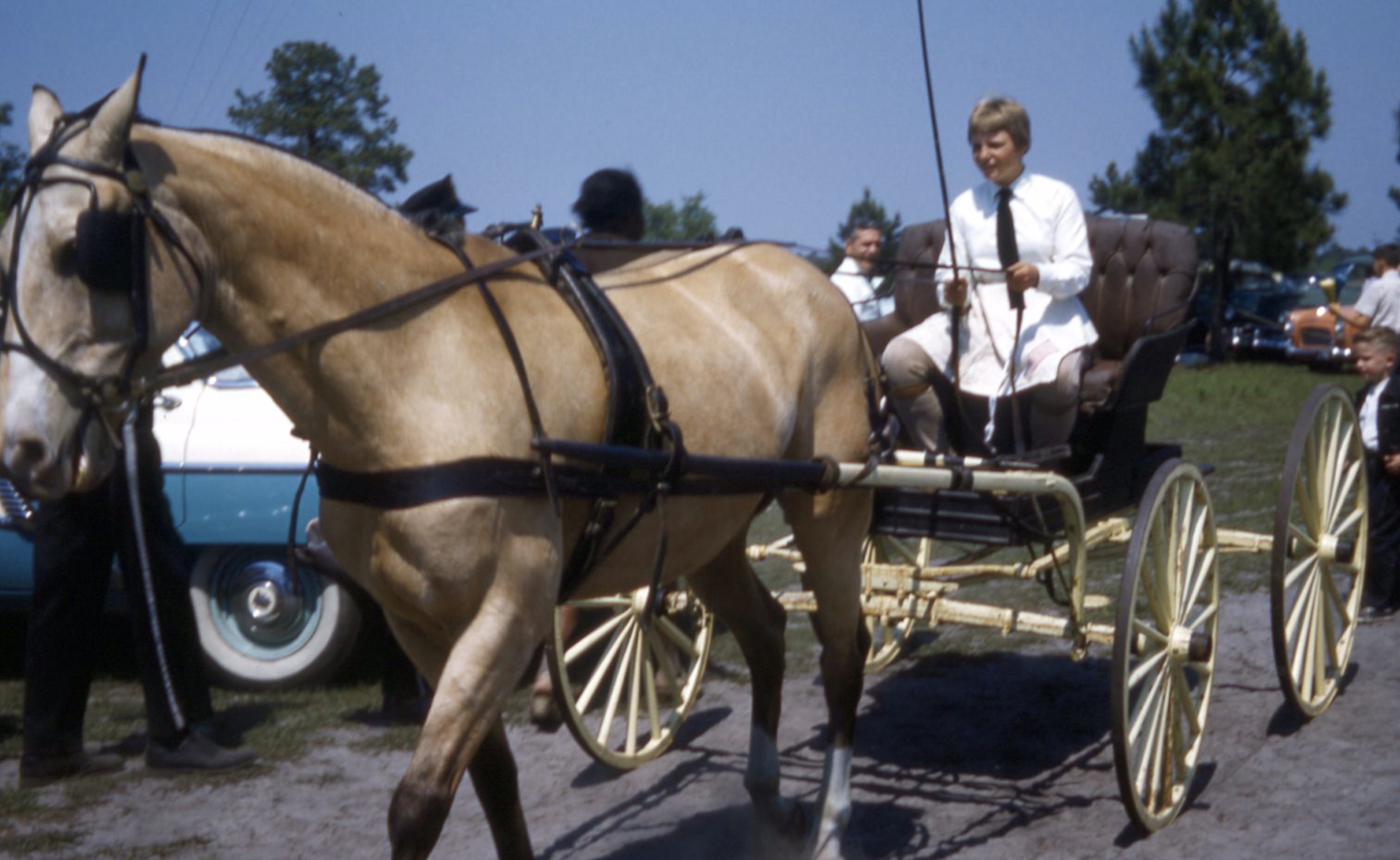When we delve into the realm of equine-propelled transportation, understanding the horse and buggy speed becomes essential. This mode of transport is not just a relic of the past but a living tradition in many parts of the world, marrying the simplicity of bygone eras with the complexities of modern times.
The Traditional Horse and Buggy Speed
The traditional horse and buggy speed harkens back to a time when life moved at a gentler pace. Without the need for speedometers, the velocity was dictated by the gait of the horse and the conditions of the road. A leisurely trot, which is sustainable for long distances, is what often sets the tempo for these historic vehicles.
Typical Horse Buggy MPH
The typical horse buggy mph (miles per hour) varies depending on several factors, which include the horse’s breed, disposition, and the weight of the buggy. On average, a horse and buggy can travel at around 5 to 8 mph when at a steady trot. This speed can increase to a brisk 10 to 15 mph during short bursts of a canter or a gallop, though such speeds are not standard for extended travel.
The Horse-Drawn Carriage Pace

Embarking on a journey with a horse-drawn carriage offers an experience unlike any other, where the pace itself encourages one to savor the surroundings. The horse-drawn carriage pace is a rhythmic movement that syncs with the natural tempo of the horse’s gait, providing a smooth and steady advancement forward.
Factors Affecting Horse-Drawn Vehicle Speed
- Terrain: Rough or hilly landscapes can significantly reduce speed.
- Weather Conditions: Inclement weather can impede a horse’s ability to maintain a steady pace.
- Horse’s Health and Stamina: The physical condition of the horse is crucial in determining the pace of the journey.
- Load Weight: Heavier buggies require more effort and result in slower movement.
Horse Carriage Speed Limit Regulations
In regions where horse and buggy transportation is still prevalent, horse carriage speed limit regulations may be enforced for safety. These limits not only protect the horse and passengers but also ensure a harmonious coexistence with motorized traffic, typically setting the maximum speed at which a horse-drawn vehicle may travel on public roadways.
Amish Buggy Travel Rate

The Amish buggy travel rate reflects a way of life that values simplicity and community. With a focus on self-reliance and tradition, the Amish have preserved the practice of using horses and buggies as their primary form of transportation.
Horse and Buggy Transportation in Amish Communities
In Amish communities, horse and buggy transportation serves as a symbol of their commitment to a humble and unhurried lifestyle. The buggies, often in black and without modern conveniences, are designed for practicality and durability, ensuring that the Amish remain connected to their guiding principles.
Comparing Amish Buggy Speed to Modern Vehicles
Compared to the bustling velocities of modern vehicles, the Amish buggy speed is modest. It serves as a constant reminder of the cultural ethos that prioritizes deliberate movement and thoughtful travel over the rush of contemporary life.
Calculating Horse and Buggy Travel Time

To calculate horse and buggy travel time, one must consider the variables that influence the journey. It’s not merely about the distance but how the elements of nature and the capabilities of the horse interplay with the traveler’s needs and expectations.
Estimating Distance with Horse Cart Velocity
Estimating the distance one can cover with horse cart velocity requires an understanding of the horse’s consistent speed and the route’s topography. By accounting for rest stops and changes in terrain, one can approximate the time it will take to reach a destination.
Planning Your Route Based on Horse and Buggy Speed
Strategically planning your route based on horse and buggy speed ensures a smoother journey. It entails choosing paths that are friendly to the horse’s gait and avoiding areas with heavy traffic or prohibitive regulations that might disrupt the travel pace.
Safety and Etiquette for Horse-Drawn Carriages

Safety and etiquette are paramount when it comes to navigating the roadways with a horse-drawn carriage. As vehicles of a different era sharing the roads with modern transportation, there are certain protocols to follow to ensure safety for all.
Sharing the Road: Safety Tips for Horse and Buggy
- Visibility: Use reflective signs and lights, especially during low light conditions.
- Signaling: Clearly signal turns and stops to alert other road users.
- Patience: Allow for extra space and time when overtaking a horse and buggy.
Understanding and Respecting Horse Carriage Speed Limits
Understanding and respecting horse carriage speed limits is not just about obeying the law but also about recognizing the needs of the horse and the safety of the carriage’s occupants. These limits are in place to create a balance between historical transportation modes and the speed of modern life.
If you’re curious about the various aspects of equine abilities and care, you might find our selection of articles quite enlightening. For instance, have you ever wondered about the speed capabilities of different horse breeds? Learn about the agile Morgan horse in our article on how fast a Morgan horse can run. Horse care extends beyond riding, as some owners may ponder over cross-species treatments, such as how much horse wormer to give a dog. Additionally, the natural world provides its own fascinating insights, such as understanding how do wild horses trim their hooves without human intervention. For those interested in a more traditional mode of transport, our article on the pace of a horse and buggy might just take you back to a simpler time.
Final Insights on Horse and Buggy Speed

In conclusion, the horse and buggy speed offers us a glimpse into a slower-paced lifestyle that values the journey as much as the destination. Whether it’s the traditional horse and buggy speed, the Amish buggy travel rate, or the calculated horse-drawn vehicle speed, each holds a story of a time-honored mode of transportation that still finds its place in the modern world. As we continue to share our roads and lives with these historic vehicles, it’s our responsibility to understand, respect, and preserve this unique aspect of our heritage.



